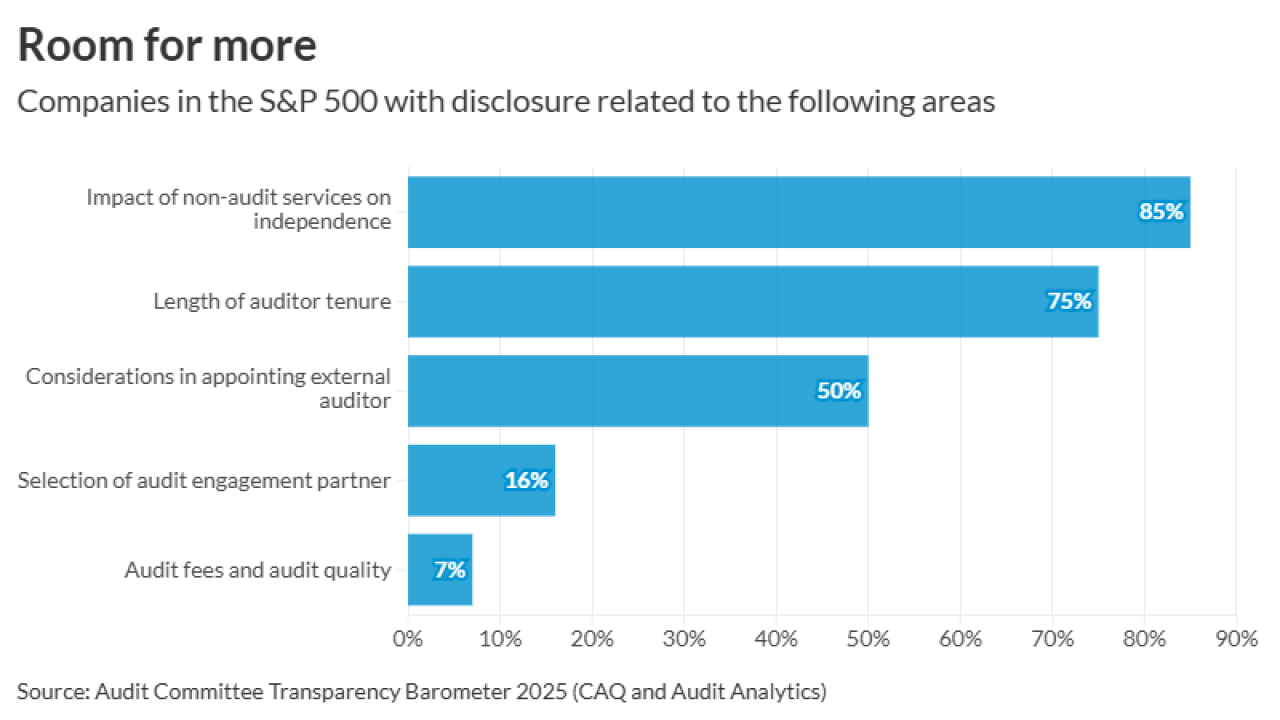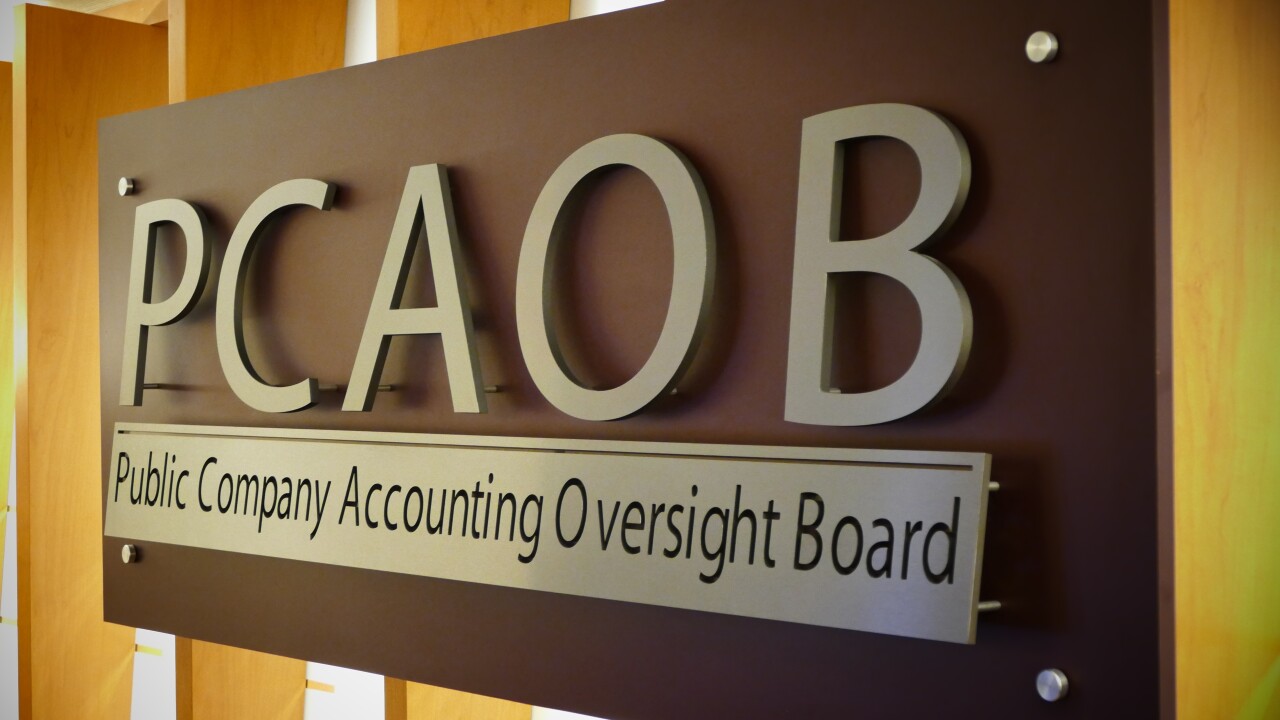(Bloomberg) Eleven years ago, eliminating income taxes for low-income Americans was an applause line for a Republican president. Mitt Romney in 2012 sees the number of people paying nothing as a political problem.
The Republican presidential candidate’s comments that 47 percent of Americans don’t pay income taxes and see themselves as “victims” dependent on the government signifies a shift in the party’s thinking. Republicans backed refundable tax credits and expanded entitlement programs under George W. Bush. Now they want to curtail entitlements and express concern that not enough people are paying taxes.
“The working people who don’t pay income tax, that is by and large the result of Republican policies,” said Michael Linden, director of tax and budget policy at the Center for American Progress, a Washington group aligned with Democrats. He said he didn’t “understand why they’re not trumpeting this.”
Romney’s comments, recorded at a private fundraising event in May and distributed by Mother Jones magazine this week, has reignited debate over how progressive the tax code should be and how those who don’t pay taxes view their connection to the government. Romney in the video said he couldn’t get votes from people who depend on government or persuade them to “take personal responsibility” for their lives.
Deductions and Exemptions
Elderly Americans and low-wage workers make up most of those who don’t pay. For 2011, 46 percent of households didn’t pay federal income taxes, according to the Tax Policy Center, a nonpartisan group in Washington. About half had no tax liability because of standard deductions and personal exemptions designed to exclude subsistence levels of income from taxation.
The rest received tax breaks including the earned income tax credit, the child tax credit, an exclusion of combat pay and tax benefits for older Americans such as the partial exclusion of Social Security benefits from income.
Romney’s comments at the fundraiser don’t fit with Republicans’ anti-tax ideology, Linden said. Republicans in Congress, while saying they worry about too many people becoming dependent upon government, haven’t proposed policies that would make more people pay.
Economic Scale
“This is more than just a campaign speech, which it clearly was,” said Representative Lloyd Doggett, a Texas Democrat. “It reflects a general attitude that the way to reform the tax structure is to raise taxes on people who are not at the top of the economic scale and cut them on those who are.”
A leading proponent of that anti-tax thinking, Grover Norquist, said yesterday that Romney’s language conflated some numbers and concepts about President Barack Obama’s poll numbers and percentages of taxpayers. Norquist supports Romney’s proposed tax rate cuts.
“Every once in a while I hear conservatives say if everyone paid taxes, then more people would care about taxes,” said Norquist, president of Americans for Tax Reform and author of an anti-tax-increase pledge. “You don’t raise anybody’s taxes. You drop everybody’s taxes, because you’re in a dynamic situation of moving toward lower taxes.”
The idea that people don’t care about taxes they don’t pay is a fallacy, Norquist said, noting the wide opposition to the estate tax, which would affect 0.3 percent of estates under Obama’s proposal.
Bush Tax Cut
In 2001, Bush promoted his tax cut to the public in part because it would prevent some people from paying taxes.
“People with the smallest incomes will get the highest percentage of reductions,” Bush said in his first speech to Congress on Feb. 27, 2001. “And millions of additional American families will be removed from the income tax rolls entirely.”
By doubling the child tax credit, creating a 10 percent tax bracket and eliminating capital gains taxes for middle-income earners, Bush did exactly that. He also backed the expansion of Medicare to cover prescription drugs.
Non-payers still pay state and local taxes, including sales taxes, as well as federal payroll taxes, which fund Medicare and Social Security.
“Half of them are people that are just plain old poor,” said Roberton Williams, a senior fellow at the Tax Policy Center, a nonpartisan group in Washington. “And the other half are people that aren’t very far out of that poor category, but get some tax breaks.”
Child Credit
The increases over the past two decades in the percentage of people not paying income taxes and receiving benefits have bipartisan roots. Republicans long supported the earned income tax credit and the child tax credit. Democratic presidents created the largest entitlement programs—Social Security, Medicare and Medicaid.
Republicans lost control of Congress in 2006 and the White House in 2008, and the party reacted by becoming more skeptical of government action and entitlement programs. By the time Republicans regained the House in 2010, they were focusing more on the issue of people who don’t pay income tax and proposing to curb spending on Medicare and Medicaid.
Romney’s comments echoed statements by other Republicans, including Senator Orrin Hatch of Utah, about the increase in the number of people who don’t pay income taxes. Hatch has maintained since last year that it would be easier to restrain federal spending if everyone paid at least some income taxes and had more of a stake in the tax system.
High Income
“What you have is high-income Americans paying for all of the entitlements that the lower-income Americans don’t pay for” as well as funding the rest of the government, said Douglas Holtz-Eakin, chief economist to Bush’s Council of Economic Advisers in 2001 and 2002. “If you’re a small-government conservative, you have to think about whether this is where you wanted to end up.”
At the private fundraiser in May, Romney used the 47 percent number—a tax figure taken from an earlier year—to describe the Americans most likely to support Obama.
Non-payers aren’t the same people each year, Williams said. Households that don’t pay income taxes one year because of job loss, for example, may pay again when they find work. People come onto the tax rolls as they leave school, pay more as they earn more, pay less as they have children and move off the tax rolls as they age and stop working.
Tax Progressivity
Romney’s tax proposals wouldn’t necessarily require more people to pay income taxes. He has said he would prevent middle- income households from paying more taxes. That may mean that the share of people paying no income taxes would stay the same, though avoiding changes in progressivity may make it hard to meet his targets on rates and revenue.
Holtz-Eakin said Romney’s plan would generate economic growth that would provide jobs for people, who would pay taxes.
“The good news is if you’re doing well enough financially, then you can pay taxes,” Romney said in a Fox News Channel interview yesterday.
The bottom 40 percent of taxpayers as a group had a negative income-tax liability in 2009, according to the Congressional Budget Office. Those refunds were outweighed by payroll taxes and their share of corporate and excise taxes.
Taxpayers between the 20th and 40th percentile had an average effective federal tax rate of 6.8 percent, below the 17.4 percent for the U.S. population.
Veterans and the Disabled
A total of 49 percent of Americans live in a household where someone receives at least one type of government benefit, the U.S. Census Bureau reported last year. Those benefits include payments to veterans and the disabled, along with food stamps, housing assistance and Social Security.
“Mr. Romney doesn’t know what this country looks like, and he has no idea how government works,” Richard Armitage, former deputy secretary of state in the administration of George W. Bush and a former top Defense Department official, said in an interview yesterday. “The veterans who serve 20 years or more in the service, they get benefits—that’s government money.”
The federal government provides food stamps to 46.7 million people, or about 15 percent of the population. As of last year, 48.8 million people were enrolled in Medicare, the health program for the elderly that also covers some people with disabilities.
The percentage of households that don’t pay income taxes remained at about 20 percent during the 1970s and 1980s before increasing in the 1990s, according to a report by the Tax Foundation, which favors a simpler, flatter tax system.
According to the Tax Foundation, states with the highest concentrations of non-payers are Mississippi, Georgia and Arkansas. The lowest concentrations are in Alaska, Massachusetts and Connecticut.





